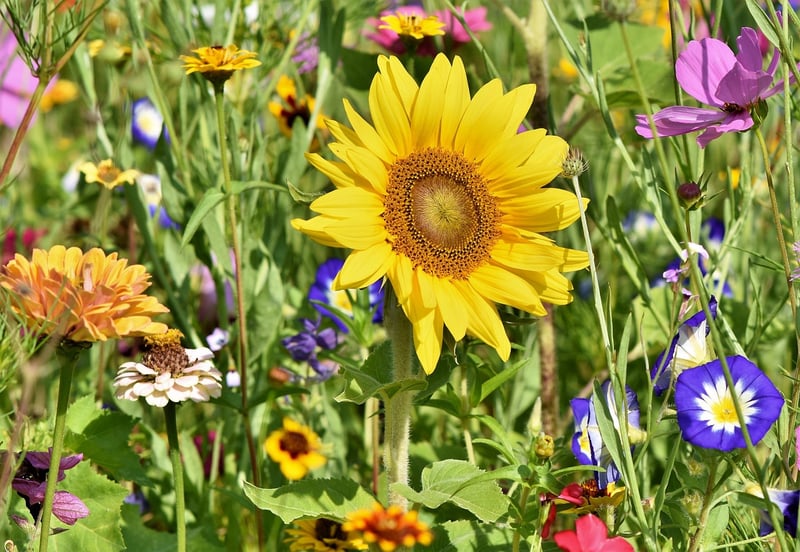School Gardens
The Power of Shared Gardening Spaces and School Gardens

Introduction
Shared gardening spaces and school gardens offer numerous benefits to individuals and communities. Not only do they provide opportunities for cultivating fresh produce, but they also promote environmental awareness, foster community connections, and offer educational experiences for all ages.
Benefits of Shared Gardening Spaces
- Encourages community engagement and interaction
- Promotes sustainable practices and environmental stewardship
- Provides access to fresh, locally grown produce
- Creates a sense of pride and ownership among participants
- Offers a space for relaxation and stress relief
Benefits of School Gardens
- Enhances hands-on learning opportunities for students
- Teaches children about healthy eating habits and where food comes from
- Encourages teamwork and collaboration among students
- Instills a sense of responsibility and respect for nature
- Supports interdisciplinary learning across subjects like science, math, and nutrition

How to Get Involved
Whether you’re interested in joining a community garden or starting a garden at your local school, there are several ways to get involved:
- Reach out to local community centers or gardening clubs
- Volunteer your time to help maintain existing gardens
- Donate seeds, tools, or other gardening supplies
- Collaborate with teachers and school administrators to establish a school garden program
- Attend workshops or gardening events to learn more about sustainable practices
Conclusion
Shared gardening spaces and school gardens play a vital role in promoting sustainable living, fostering community connections, and educating individuals of all ages about the importance of nature and healthy food choices. By getting involved in these initiatives, you can contribute to a greener, healthier future for yourself and your community.
